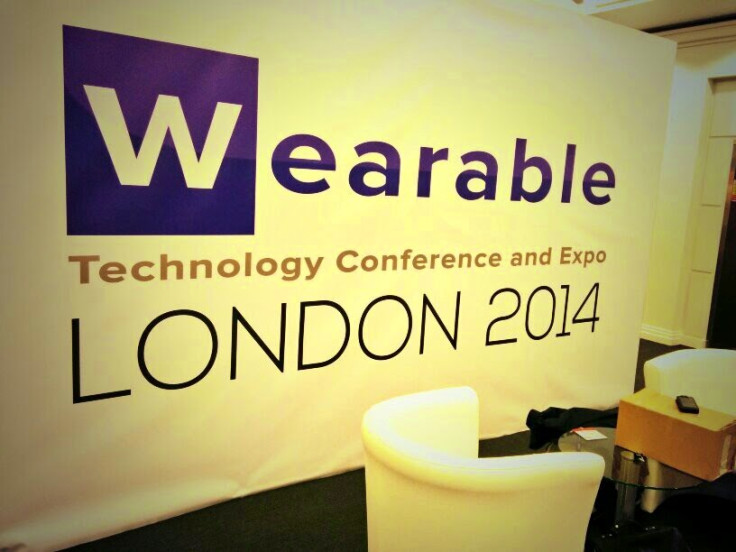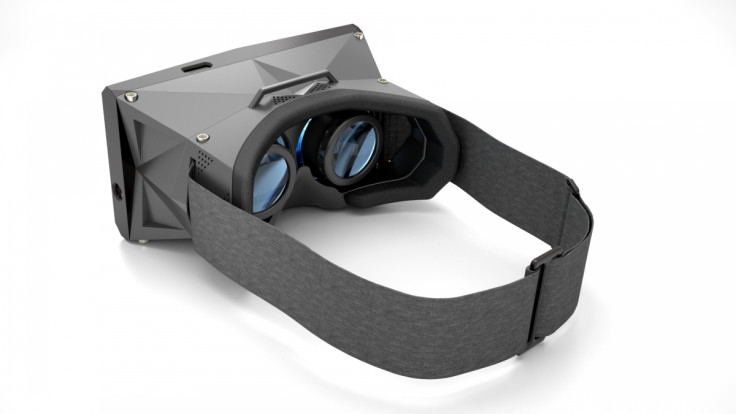Wearable Technology is Still Very Much a Gimmick

London was host to the UK's first ever wearable technology conference and expo this week. It boasted an impressive speaker list including wearable experts from Intel, Google, Samsung, Microsoft, Reebok and Cisco. It even attracted a number of Google Glass-wearing early adopters.
The problem is that for every Google Glass and Nike Fuelband on show, there were dozens of "wearables" which showed just how immature this market is.
A quick walk about the show floor and it is clear to see that wearable technology is still just a gimmick, with companies not really sure what people want but deciding to give it to them anyway.
Wearable technology is in its infancy. While we've had 'smart' devices for a number of years now, the only category which could be described as successful is the fitness tracker, where simple devices like the Nike Fuelband, Jawbone Up and Fitbit Flex have proven successful in giving customers a product which they want.
It is clear that the technology needs to get much smaller - and much bigger - before wearable become pervasive, and that was never more evident that by looking at a sample of the companies which were displaying their wares at the London showcase:
Glo Faster
This UK company was founded by two personal trainers with the aim of "marrying smart technology to high quality clothing." While the aim sounds smart enough, the end product is a jacket that glows in the dark, with the colour it glows dependant on how fast you are going - it will even glow in time to whatever music you are listening to.

A jacket costs around £99 but in order to make it smart you'll have to shell out another £50 for the 'gizmo' a rather weighty cylindrical unit which you plug into the jacket spit can connect with your phone.
The people at Glo Faster's stand at the London show didn't really seem to understand the technology behind the product, but it didn't matter anyway, as the whole concept seemed to be solving a problem that wasn't there in the first place.
Kiroco Touch Jewellery
Touted as the "the world's first interactive smartphone jewellery range" Kiroco Touch is the perfect example of why some people should simply not get into the wearable technology game.
It works like this:
- You buy your loved one some Kiroco Touch jewellery (various necklaces and bracelets are available costing from £16.50 up to £125).
- The jewellery contains an NFC chip which communicates with your smartphone (if your phone supports NFC of course).
- You download a special app and register your jewellery when you get it.
- Once all that is done, you can then send from your loved one a message which they can retrieve by touching their phone to the jewellery.
Alternatively, you could just send a message directly to their phone and save your money.
vrAse
According to he PR bumpf which I picked up at vrAse's stand this week, this product is "the greatest evolution your smartphone has ever seen."
Even by PR hyperbole standards, this is a pretty big claim. The reality is that the produce is a sort of low-rent Oculus Rift which uses a special app on your smartphone you create a sense of immersion.

You load the content on your phone (film, game, augmented reality app) and slide your smartphone into the headset which uses lens to create a much bigger world.
While the case worked well enough - allowing me to see what a sofa would look like in the middle of the conference centre - it's applications I suspect are limited and when asked who might use such a headset, the vrAse representative said that real estate agents would be one of the main target customers.
SnapWatch
Remember the wristbands which came out about 15 years ago which were rigid but could wrap around your wrist once you snapped them across your arm? No, well that's a pity because Vincent Douglas is hoping you do remember and may want to a smartwatch version.
The SnapWatch was an idea Vincent had 15 years ago and he's been waiting for flexible screen technology to catch up and he thinks that now is the time for such a product to be released.
Vincent holds the patent on the "fit, form and factor" of SnapWatch and is now looking to licence the technology to a company(s) to bring it to market.
The idea is a nice one, but once again in the wearable market, that is all it is, a concept, and while flexible screen technology may be catching up, it's not there yet.
© Copyright IBTimes 2025. All rights reserved.






















